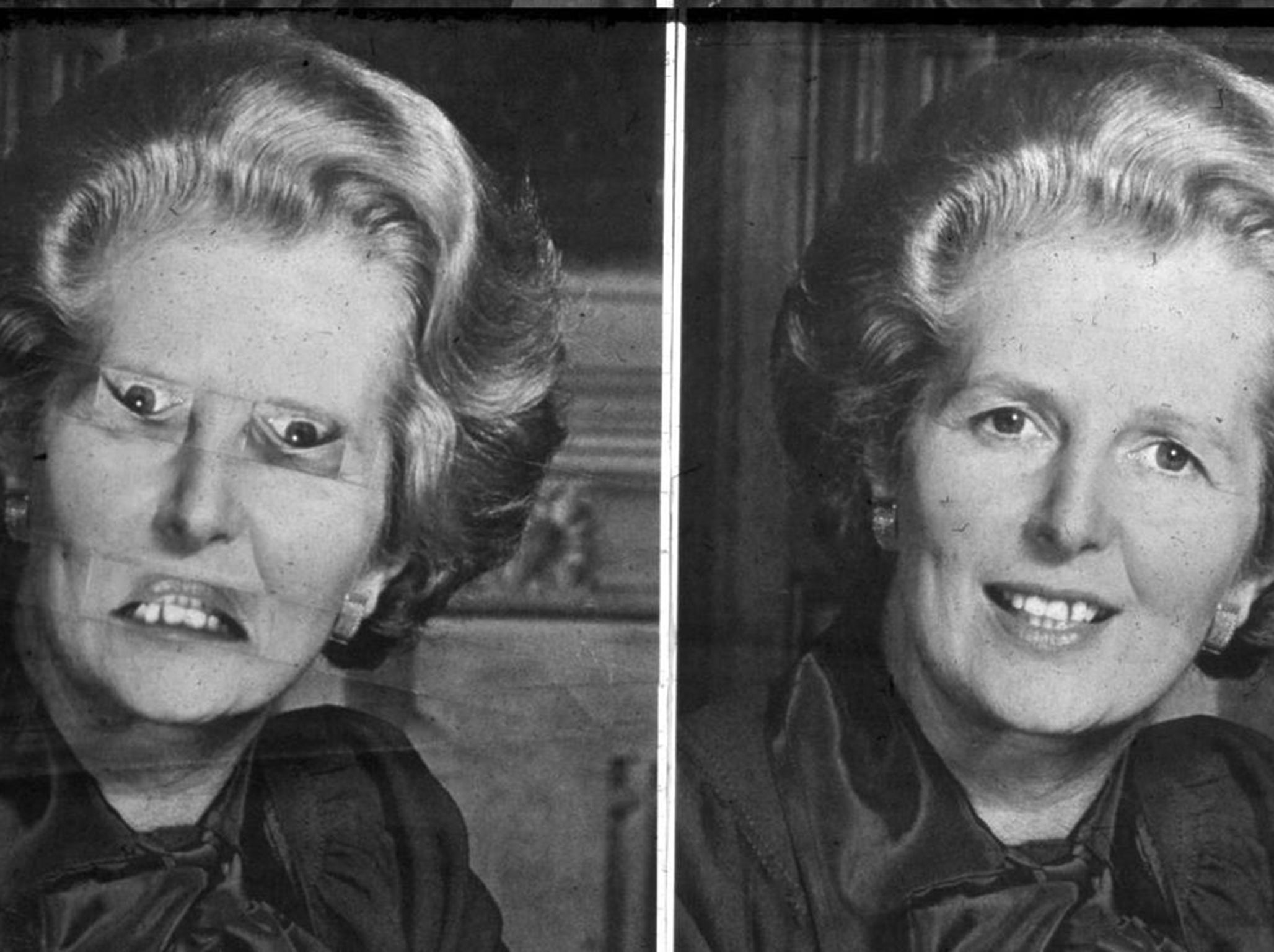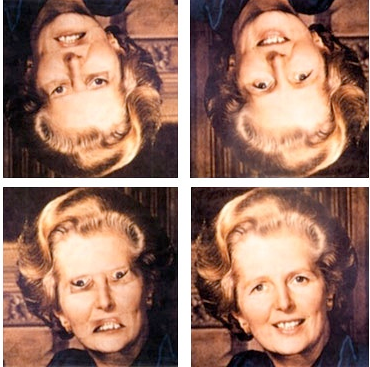Thatcher effect: The 35-year-old optical illusion that will work on almost anyone
The late Baroness was chosen because the scientist initially thought the illusion only worked with her face, according to an urban legend

Your support helps us to tell the story
From reproductive rights to climate change to Big Tech, The Independent is on the ground when the story is developing. Whether it's investigating the financials of Elon Musk's pro-Trump PAC or producing our latest documentary, 'The A Word', which shines a light on the American women fighting for reproductive rights, we know how important it is to parse out the facts from the messaging.
At such a critical moment in US history, we need reporters on the ground. Your donation allows us to keep sending journalists to speak to both sides of the story.
The Independent is trusted by Americans across the entire political spectrum. And unlike many other quality news outlets, we choose not to lock Americans out of our reporting and analysis with paywalls. We believe quality journalism should be available to everyone, paid for by those who can afford it.
Your support makes all the difference.A 35-year-old optical illusion is still astounding people. And it all revolves around a rotated picture of Margaret Thatcher.
But, as with many optical illusions, the strange effect shows a lot about the way that the brain processes images.
The Margaret Thatcher Illusion — which also gets called the Thatcher Effect, along with other names — occurs when a picture is turned upside down. But instead of changing everything in the picture, the effect happens when the features, like the mouth and eyes, are kept the right way up.
The brain is often unable to see that anything strange has happened when the picture was turned the wrong way up.
When the Thatcher Illusion was first developed, in 1980, it presented a huge challenge to the way that scientists understood how the human brain processes faces. It showed that people don’t just think about the face as a whole, but rather understand each of its component parts and assemble them into a whole.

The picture was first shown in a paper by Peter Thompson, of York University. He published it in Margaret Thatcher: a new illusion, in Perception.
In the 35 years since, it has been used on a range of different people. A site, thatchereffect.com, allows users to try the effect on famous people — as well as themselves.
The effect seems to work on almost anyone. The only thing that sometimes throws it out is if a person’s smile is especially distinctive, or notably shaped, which seems to pull the brain out of the trick and force them to notice that there is a problem.
Research has found that many monkeys also respond to the illusion in the same way, seeing the face as normal even when it’s turned wrong and lighting up the same parts of the brain. What’s more, that discovery shows that primates have the same ways of understanding faces as humans do.
(What’s more, the effect also works on non-human faces, like a monkey’s. But those faces also tend to be more symmetrical up and down, meaning that the change is much less noticeable.)
Join our commenting forum
Join thought-provoking conversations, follow other Independent readers and see their replies
Comments